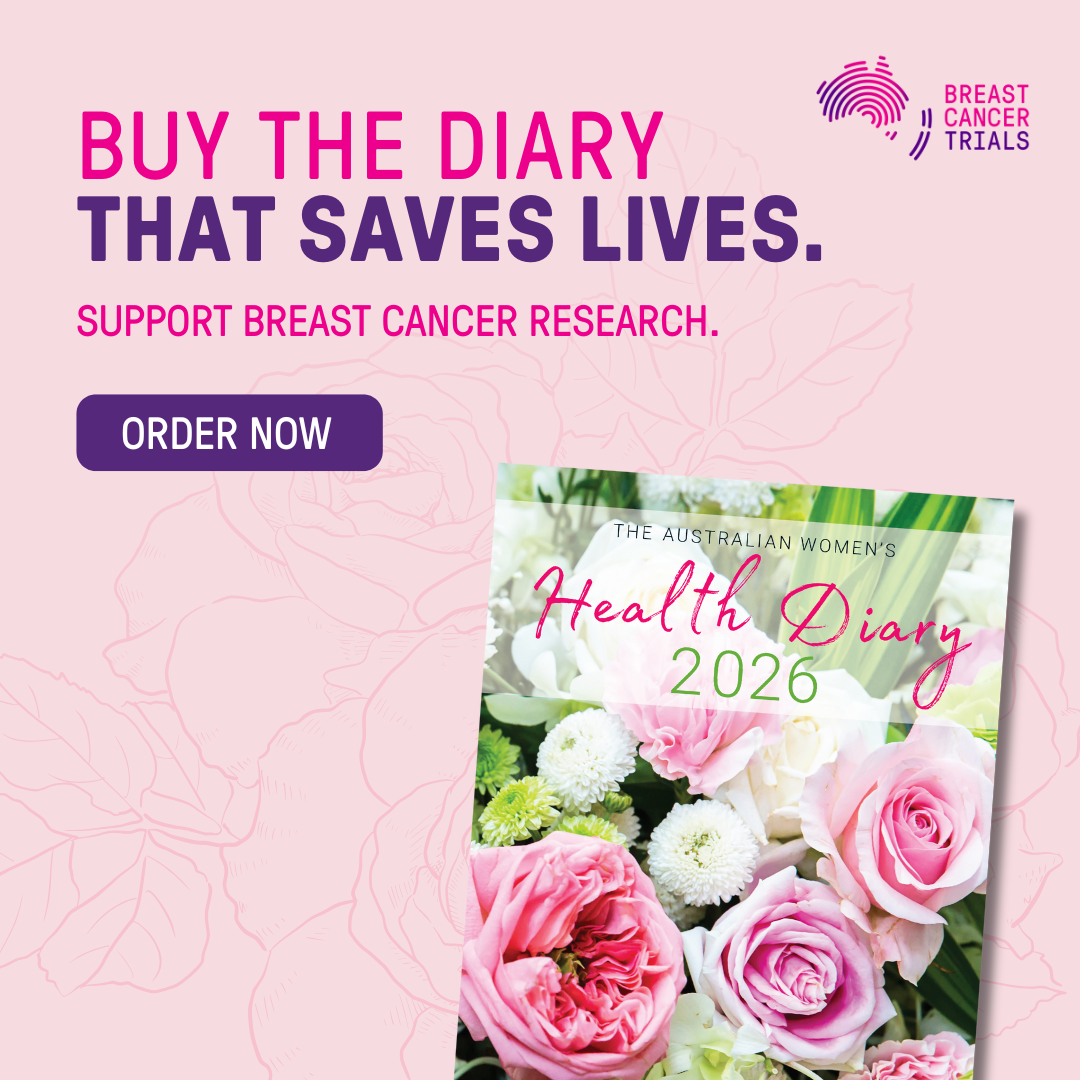The government recently unveiled an overhaul of the Australian university fee system. From 2021, fees would be significantly reduced for courses identified as on-demand and job-relevant, including those in science, health and IT. However, the cost of studying humanities and the arts would double.
As a woman with a thriving career in STEM, I am thrilled that other young women across the country who are keen to establish themselves in this field will have greater access to the pathway. However, as a former scholar of an unusual combination of applied maths, engineering and studio art, I am keen to reflect on what this will mean for the future of STEM, particularly in the field of data and AI.
There is plenty of discussion about diversity but acceptance of diversity is a larger economic, political, socio-economic question. Diversity is about accepting differences and not forcing men, women, NLP engineers, data artists, decision scientists to fit into the same mould.
In AI, this is especially true. As we advance towards a data-driven future, AI will require not just data and engineering skills but increasingly, and some argue, more importantly, there will be a need to emphasise judgment, decision-making and people skills.
I have spent over 10 years in technology, moving from science-based health projects to pure technology across three countries. However, I didn’t choose a career path in tech. I knew from very early on that I wanted a people-focused career and tech was just the medium. My real passion was and remains mathematical storytelling. By choosing to study the different areas that I did, I was able to combine both my analytical and creative talents, and get involved in game-changing innovation like building robotic arms for smart prosthetics and then moving across the world to delve into the world of insights for large technology companies.
In my current role at GitLab, what I love most is making tech work for customers around the world through new innovation. We now have the capability to solve things that we couldn’t before through the lens of AI, but we can do this effectively only when we embrace the diversity in passions and talent.
As humans, we have comfort in certainty and reproducibility. For employers, to hire a good data scientist, they would fall back on a checklist of the robotic skills (python, stats, presentation). However, to build a good AI model, one not only needs a mathematician, but also poets, storytellers, linguistic specialists, among others.
Instead of viewing analytics and soft skills as two distinct skill sets, they should be considered as part of the same genre of human problem-solving skills. How we use tools is the craft but how we apply these tools to creatively solve a human problem is an art. Analytics is therefore a subset of soft skills and vice versa. In our day-to-day lives as STEM professionals, we have to be active listeners to understand the needs of customers, their problems and their desires. Only with that understanding can we creatively craft the analytics solution to solve the need and articulate how the solution fits in the holistic journey of the customers.
We have reached the point in time where humanity and technology co-exist and our lives get more intertwined with technology in one way or another. While there is no denying that enhancing our technical skills is paramount, I believe that skills such as critical thinking, communication and decision-making are equally important.
For example, Pure Math is craft but Applied Math and how we use it to solve problems is art. Similarly in AI, we have data, tools, fast computing engines, fast mathematical solutions such as tensor flow, DevOps frameworks extended to Machine Learning (ML)Ops, AIOps and DataOps, but how we apply all these tools and concepts to solve a human problem is a work of art.
We need all sorts of minds in harmony orchestrating every gender of different myelinated fibre strength, not just in STEM but also in art to create the magic of AI. Diversity in AI is having a platform where passion and individuality is embraced and creatively used in unified machine prediction and storytelling, embracing the personalisation of strengths and complimenting each other’s weaknesses, finding freedom through problem solving in harmony of different backgrounds, age, sex, mindsets without altering each other.
At GitLab, the phrase “Diversity, Inclusion & Belonging” (or DIB) refers to the terminology for the initiative to create a diverse workforce and an environment where everyone can be their full selves.
The approach will help us not only in creating better AI models but fundamentally change the way we interact with computers, to make human interaction and society more efficient and ultimately enable a digitised ecosystem to solve critical problems and barriers to our evolution.
In order to achieve the true potential of an AI-driven world, we need to encourage young Australians to genuinely choose their passion without any discrimination, whether they be science, technology or art, philosophy and international relations.


